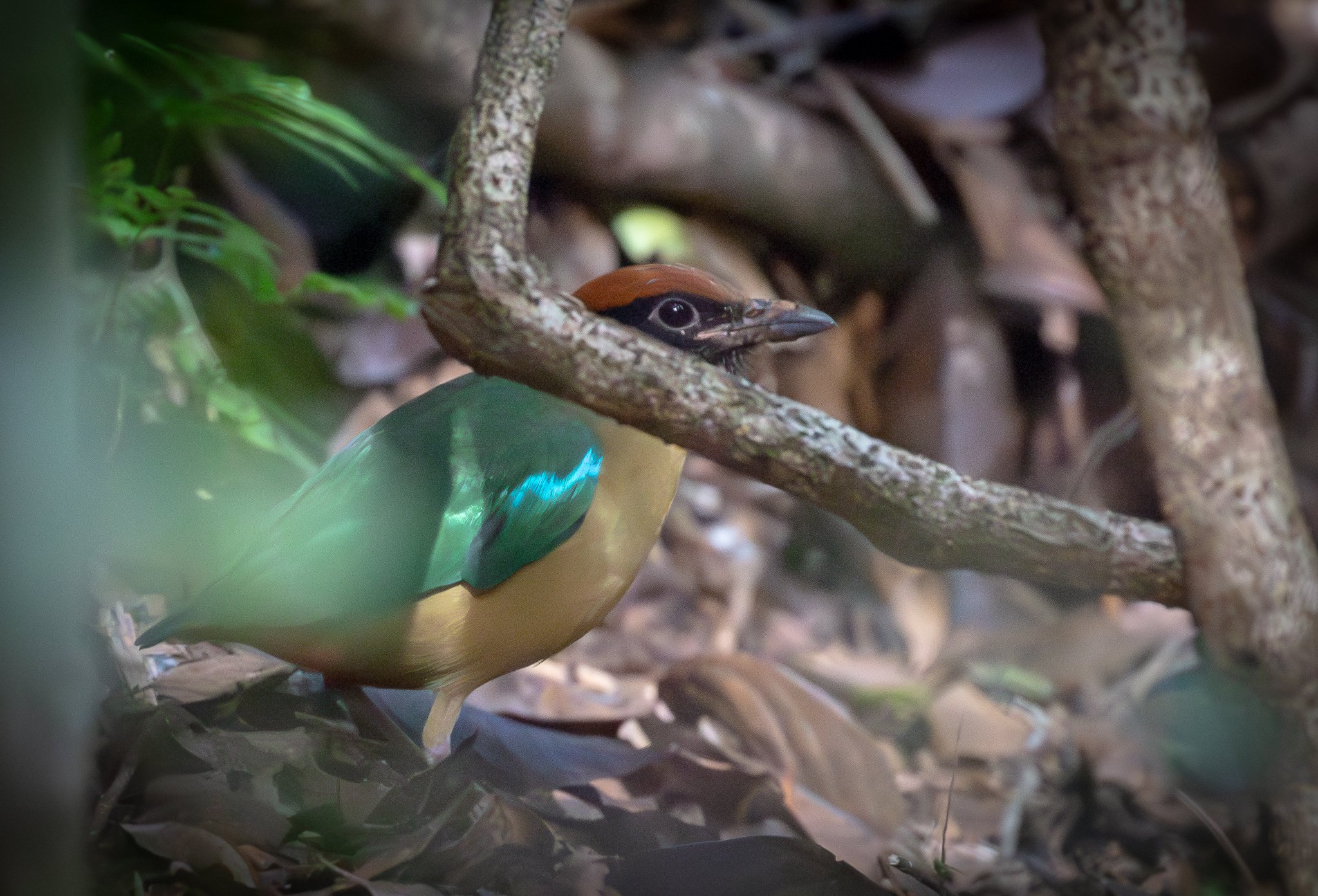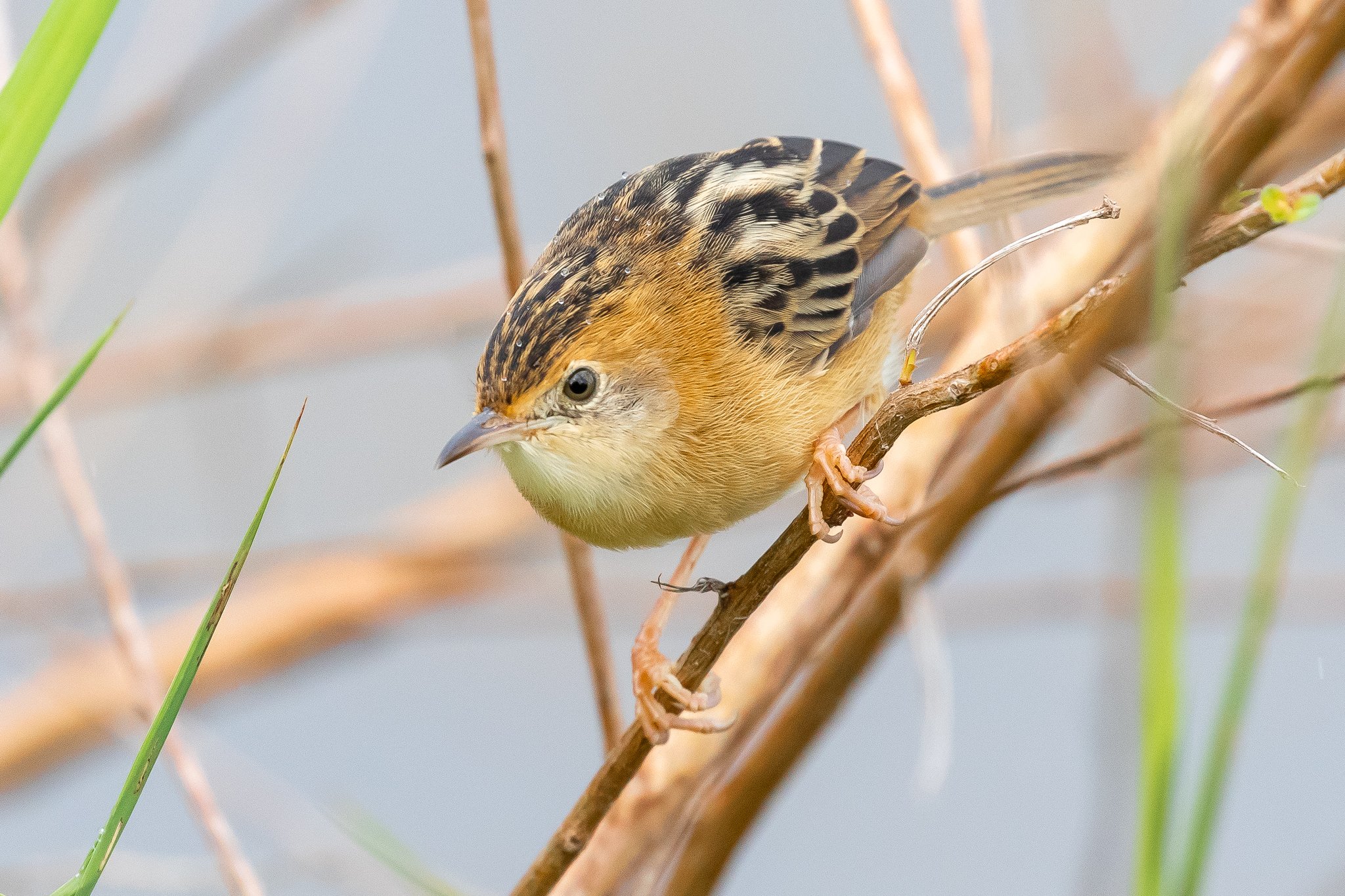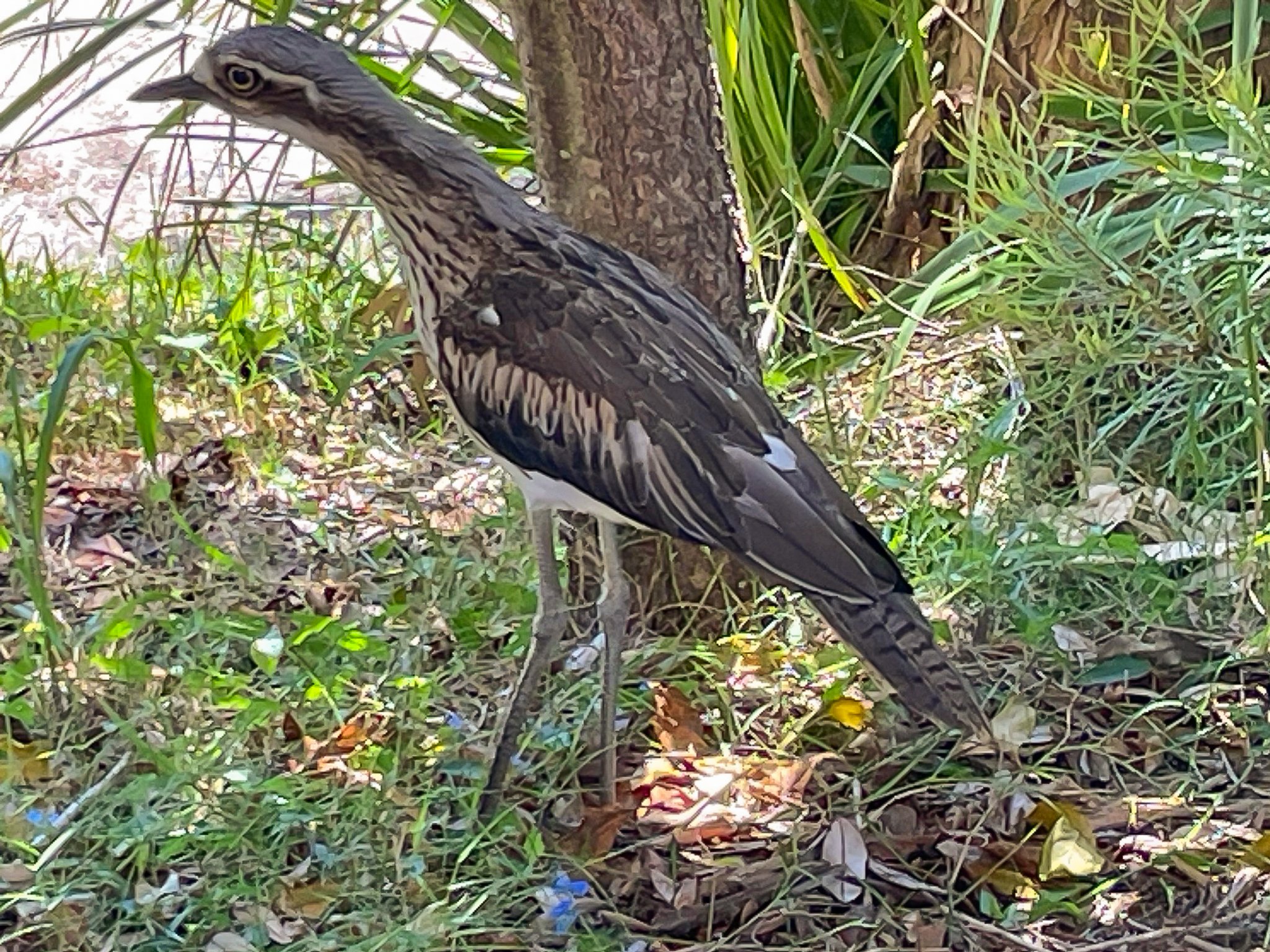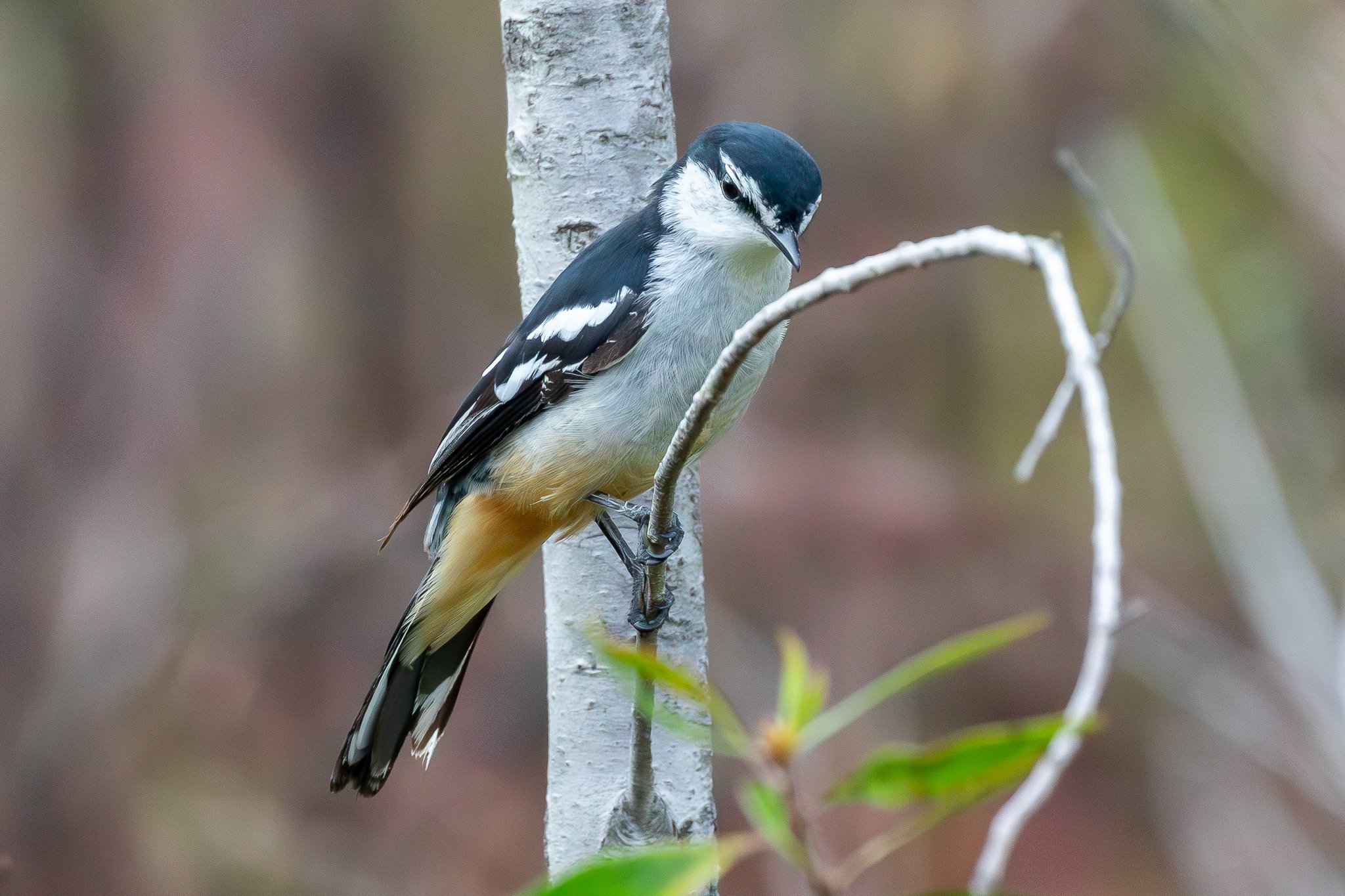The demise of raptors from eating poisoned rodents in the recent mice plague was widely reported. It has felt that raptor numbers were down. So it was good to see more than the usual number during the recent Cowra Woodland Bird Program weekend.
At the Cowra water treatment plant there were Brown Falcons on both sides of the road, then a Whistling Kite flew over. Further out of town I saw this Black-shouldered Kite making its own contribution to keeping mice numbers down. And at the Cowra Common a Brown Goshawk made a low pass, followed by the sight of seven raptors in a slow and very high spiral over the prison camp area. When I checked the photos later they were all Black Kites, which fitted with a nearby sighting of 19 Black Kites in the one tree!
A low pass from this Brown Goshawk, at the Cowra Common, Cowra, New South Wales.
Brown Falcon at the Cowra water treatment plant.
This Black-shouldered Kite is helping the land-owner keep the mice population at bay.

































































































